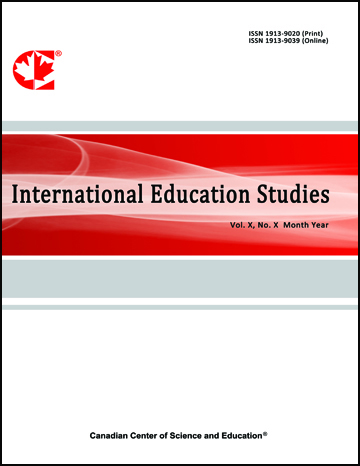Comparing the Statistics Curricula of Thailand and New Zealand: Structure and Concepts
- Dhanachat Anuniwat
Abstract
Achieving quality education, a central objective of the Sustainable Development Goals, remains a persistent challenge in Thailand. Addressing this issue necessitates critical reflection on the opportunities afforded by the school curriculum, which serves as a foundation for societal development. This study examined Thailand’s intended statistics curriculum, analyzed its structure and key concepts, and compared them with those of New Zealand’s statistics curriculum. A qualitative content analysis approach was employed, using deductive content analysis to examine the official statistics curricula of both countries at the primary and lower secondary levels. The results revealed structural similarities and differences between the curricula. While New Zealand integrated statistical investigation, statistical literacy, and probability as interconnected components, the Thai curriculum addressed these elements separately. Regarding key concepts, the two curricula demonstrated similar coverage but differed in the degree of emphasis placed on particular concepts. This study underscores the benefits of introducing probability at an earlier stage, fostering statistical literacy using authentic data, and highlighting the interrelatedness of key statistical concepts. Future research should extend beyond analysis of the intended curriculum to investigate how students engage with statistical concepts in classroom contexts.
- Full Text:
 PDF
PDF
- DOI:10.5539/ies.v18n5p150
Journal Metrics
h-index : 62
i10-index: 604
Index
- Academic Journals Database
- AcademicKeys
- ACNP
- ANVUR (Italian National Agency for the Evaluation of Universities and Research Institutes)
- BASE (Bielefeld Academic Search Engine)
- Berkeley Library
- CiteFactor
- CNKI Scholar
- COPAC
- Copyright Clearance Center
- CrossRef
- DESY Publication Database
- DTU Library
- EBSCOhost
- Education Resources Information Center (ERIC)
- Educational Research Abstracts
- Electronic Journals Library
- Elektronische Zeitschriftenbibliothek (EZB)
- Excellence in Research for Australia (ERA)
- Genamics JournalSeek
- GETIT@YALE (Yale University Library)
- Ghent University Library
- Harvard Library
- Jisc Library Hub Discover
- JournalGuide
- JournalTOCs
- LOCKSS
- LSE Library
- MIAR
- Microsoft Academic
- Mir@bel
- NewJour
- Norwegian Centre for Research Data (NSD)
- OAJI
- Open J-Gate
- PKP Open Archives Harvester
- Polska Bibliografia Naukowa
- Publons
- Qualis/CAPES
- ResearchGate
- ROAD
- Scilit
- SHERPA/RoMEO
- SOBIAD
- Southwest-German Union Catalogue
- Standard Periodical Directory
- Stanford Libraries
- Technische Informationsbibliothek (TIB)
- The Keepers Registry
- UCR Library
- Ulrich's
- UniCat
- Universe Digital Library
- UoS Library
- USask Library
- VOCEDplus
- WorldCat
Contact
- Chris LeeEditorial Assistant
- ies@ccsenet.org
